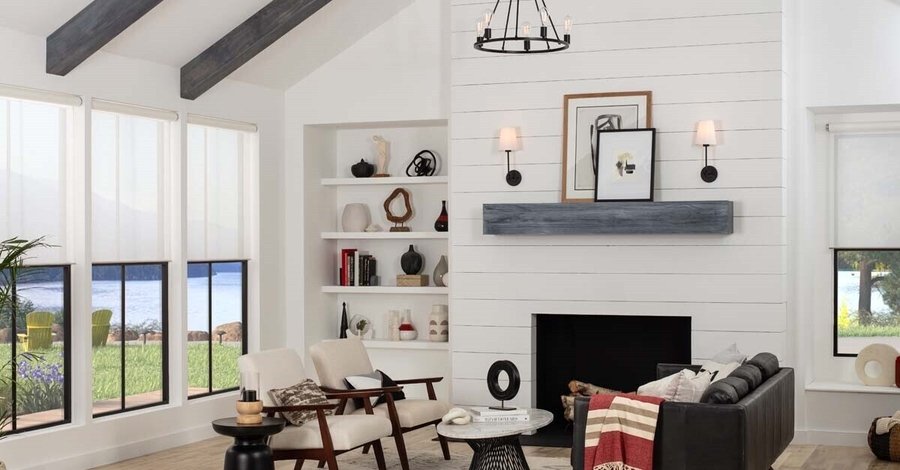Understanding Lighting Design: Ambient Lighting in The Hamptons
Ambient Lighting is Essential in Every Space
It's obvious that lighting is critical in every space of your Hamptons home. But lighting is more than functional; there's the aesthetic side of it as well. Lighting design professionals typically break down lighting into three layers or types: ambient, task, and accent. Ambient lighting is the needed illumination for a space for visibility and navigation. As with any lighting, there’s the form and the function.
What should you look for in ambient lighting for your home in the Hamptons? Keep reading below to learn more.
SEE ALSO: Three Mistakes that Make Lighting Designers Cringe
All-Purpose Lighting
Ambient lighting is the light you need for general-purpose illumination in a room. For example, you need it in hallways for safe navigation. In your kitchen, recessed ceiling fixtures light the overall space, but not specific areas like your counters or island.
For this generalized type of illumination, professional lighting designers plan for 20 lumens of ambient lighting per square foot. Lumens are a measure of light output but should not be confused with watts, which is the measure of power consumption of a bulb or fixture. For example, a typical 100-watt incandescent bulb might produce about 1600 lumens of light. However, modern LED lighting consumes up to 80 percent less energy than incandescent, so you can achieve the same amount of lumens of output with far fewer watts of power.
Ambient Light Sources
One common source of ambient lighting in higher-end homes is recessed lighting. Another that’s often used in entryways, dining areas, and bedrooms are chandeliers, which offer a more decorative touch to your spaces. Ceiling-hung pendant lighting is popular over kitchen islands.
Wall sconces are used in hallways, dining rooms, and home theaters to provide additional ambient light for more subtle illumination. Cove lighting is also popular in ceiling recesses to add decorative but functional ambient light. The use of LED technology has enabled designers to get creative with lights and fixtures, allowing for artful ambient light that also adds an aesthetic flair.
Controlling the Light
Managing light output is critical for the perfect illumination for every task at any time of day. Lighting control creates functional yet stylish space at the simple tap of a button or according to a predesignated schedule. While manual dimmers and switches can do the job, setting the right brightness for a space by hand is tedious. Lighting control systems automate lighting scenes and set ambient, task, and accent lighting to ideal levels for any occasion or use.
One button on a programmable, elegant wall keypad can replace banks of switches and dimmers so you can set the ambiance perfectly every time. Not only that, but lighting control can work with motorized window treatments to achieve the perfect blend of natural light or privacy that you want at the touch of a button.
Would you like lighting design assistance for your Hamptons home? Get in touch with us here to get started. We would love to work with you!

